
With the rapid development of science and technology, a variety of new materials and sensing technologies continue to emerge, providing more possibilities for research and application in various fields. Among many new materials, glass has a wide application prospect in the field of optical sensing because of its unique physical and chemical properties. In particular, the glass structure produced by 3D printing technology has the advantages of high precision, complexity and customizability, which brings new opportunities for the research and development of optical fiber sensors.
Optical fiber sensor is a kind of EP1S25F780C6 sensor which uses optical fiber to transmit optical signal to realize physical quantity measurement. Its working principle is mainly based on the optical fiber transmission characteristics, such as refractive index, reflectivity and transmittance. When the optical fiber is affected by the external environment, its transmission characteristics will change, and the target parameters can be measured by detecting these changes.
3D printing technology, also known as additive manufacturing technology, is a manufacturing method that builds three-dimensional objects by stacking materials layer by layer. Compared with traditional manufacturing methods, 3D printing technology has higher design flexibility and manufacturing efficiency. In the production of glass structures, 3D printing technology can precisely control the distribution of materials and structural shape, so as to achieve the rapid manufacturing of complex structures and micro and nano scale parts.
In this study, the optical fiber tip glass index sensor was prepared by 3D printing technology. Firstly, the structure model of the sensor is designed by using CAD software. Then, the 3D printing equipment is used to stack the designed glass material layer by layer into the desired sensor structure; Finally, the optical fiber is connected with the printed glass structure by means of welding or bonding to form a complete sensor.
In the manufacturing process, it is first necessary to use 3D printing technology to make a model of the fiber tip. Because the size of the fiber tip is very small, usually only a few microns to tens of microns, it is necessary to use high-precision 3D printing equipment to ensure the accuracy and complexity of the model. During the printing process, the appropriate materials and printing parameters need to be selected to ensure that the printed fiber tip has good optical properties and mechanical strength.
Next, a glass material of high refractive index is deposited on the surface of the fiber tip. This can be achieved through methods such as chemical vapor deposition (CVD) or physical vapor deposition (PVD). The choice of glass material is crucial to the performance of the sensor, as it directly affects the sensitivity and measurement range of the sensor. The ideal glass material should have the characteristics of high refractive index, low viscosity, good chemical stability and thermal stability.
After the deposition of the glass material is completed, optical testing and calibration of the fiber tip is required. This involves measuring the refractive index changes at different concentrations of organic solvents and building corresponding mathematical models. By comparing the experimental data with the theoretical calculation results, the performance of the sensor can be evaluated and optimized.
In practical applications, the fiber tip is immersed in an organic solvent and the optical signal is introduced into the sensor through a fiber optic transmission system. When the concentration of organic solvent changes, the refractive index of the fiber tip will also change, resulting in a deflection of the direction of the outgoing light. The concentration of organic solvent can be calculated by detecting the change of light intensity of the emitted light. This measurement method has the advantages of fast response speed, strong anti-interference ability and no calibration, so it has a wide application prospect in chemical, pharmaceutical, food and other fields.
In short, the 3D printed glass refractive index sensor on the fiber tip is a new type of sensor based on the optical principle, which has the advantages of high measurement accuracy, fast response speed and strong anti-interference ability. By precisely controlling the geometry of the fiber tip and the refractive index of the glass material, accurate measurement of the concentration of organic solvents can be achieved. With the continuous development of 3D printing technology and optical sensing technology, it is believed that this sensor will play a more important role in the future.
The Products You May Be Interested In
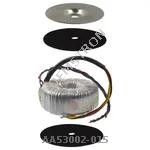 |
AA53002-015 | XFRMR TOROIDAL 300VA CHAS MOUNT | 464 More on Order |
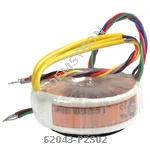 |
62043-P2S02 | XFRMR TOROIDAL 10VA CHAS MOUNT | 304 More on Order |
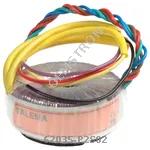 |
62035-P2S02 | XFRMR TOROIDAL 7VA CHAS MOUNT | 369 More on Order |
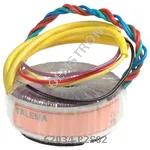 |
62034-P2S02 | XFRMR TOROIDAL 7VA CHAS MOUNT | 441 More on Order |
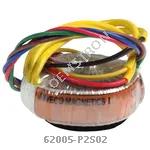 |
62005-P2S02 | XFRMR TOROIDAL 1.6VA CHAS MOUNT | 426 More on Order |
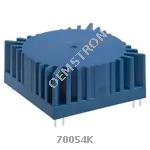 |
70054K | XFRMR TOROIDAL 15VA THRU HOLE | 262 More on Order |
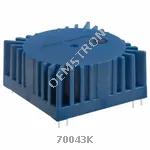 |
70043K | XFRMR TOROIDAL 10VA THRU HOLE | 309 More on Order |
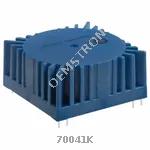 |
70041K | XFRMR TOROIDAL 10VA THRU HOLE | 157 More on Order |
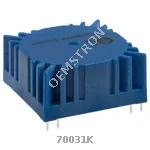 |
70031K | XFRMR TOROIDAL 7VA THRU HOLE | 481 More on Order |
 |
70024K | XFRMR TOROIDAL 5VA THRU HOLE | 486 More on Order |
 |
70002K | XFRMR TOROIDAL 1.6VA THRU HOLE | 280 More on Order |
 |
62015-P2S02 | XFRMR TOROIDAL 3.2VA CHAS MOUNT | 210 More on Order |
 |
70025K | XFRMR TOROIDAL 5VA THRU HOLE | 226 More on Order |
 |
62082-P2S02 | XFRMR TOROIDAL 50VA CHAS MOUNT | 277 More on Order |
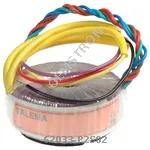 |
62033-P2S02 | XFRMR TOROIDAL 7VA CHAS MOUNT | 360 More on Order |
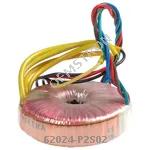 |
62024-P2S02 | XFRMR TOROIDAL 5VA CHAS MOUNT | 268 More on Order |
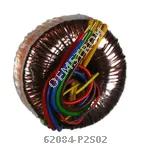 |
62084-P2S02 | XFRMR TOROIDAL 50VA CHAS MOUNT | 607 More on Order |
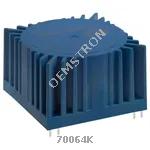 |
70064K | XFRMR TOROIDAL 25VA THRU HOLE | 2293 More on Order |
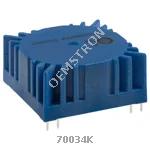 |
70034K | XFRMR TOROIDAL 7VA THRU HOLE | 674 More on Order |
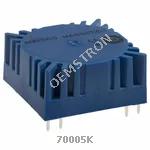 |
70005K | XFRMR TOROIDAL 1.6VA THRU HOLE | 401 More on Order |
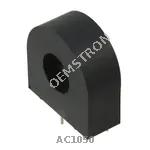 |
AC1050 | CURR SENSE XFMR 50A T/H | 409 More on Order |
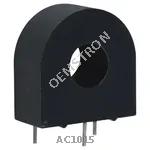 |
AC1015 | CURR SENSE XFMR 15A T/H | 287 More on Order |
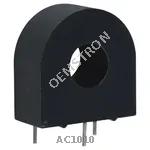 |
AC1010 | CURR SENSE XFMR 10A T/H | 254 More on Order |
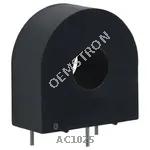 |
AC1025 | TRANSFORMER CURRENT 25.0 AMP | 235 More on Order |

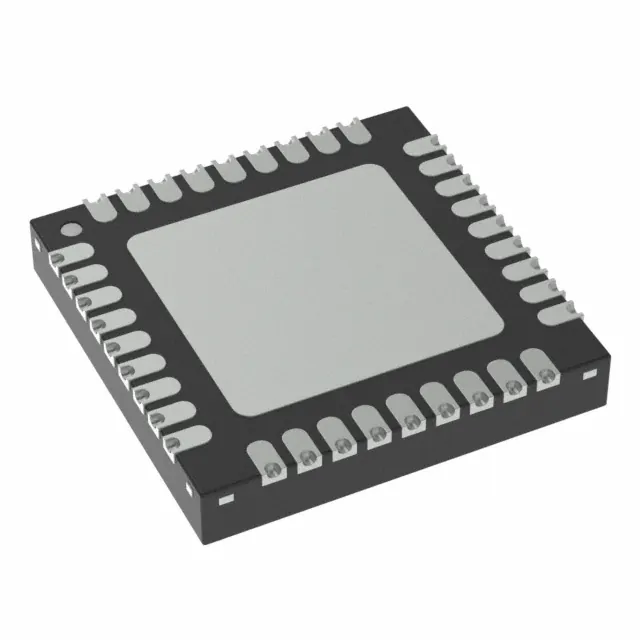 Semiconductors
Semiconductors









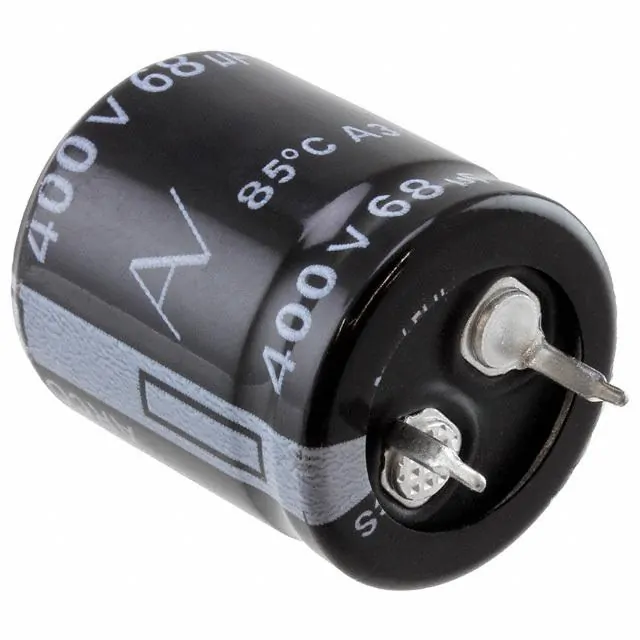 Passive Components
Passive Components









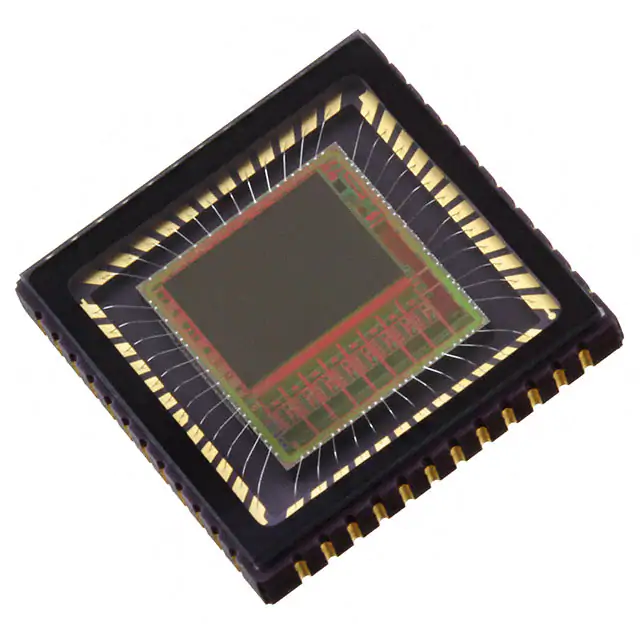 Sensors
Sensors








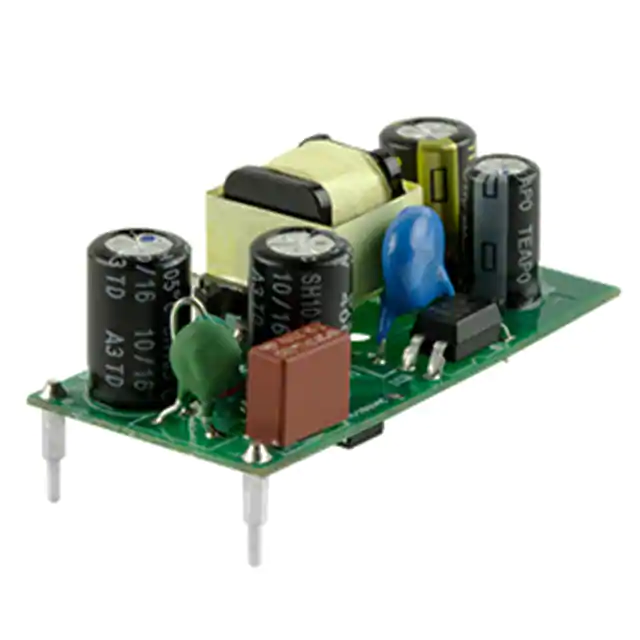 Power
Power









 Optoelectronics
Optoelectronics








